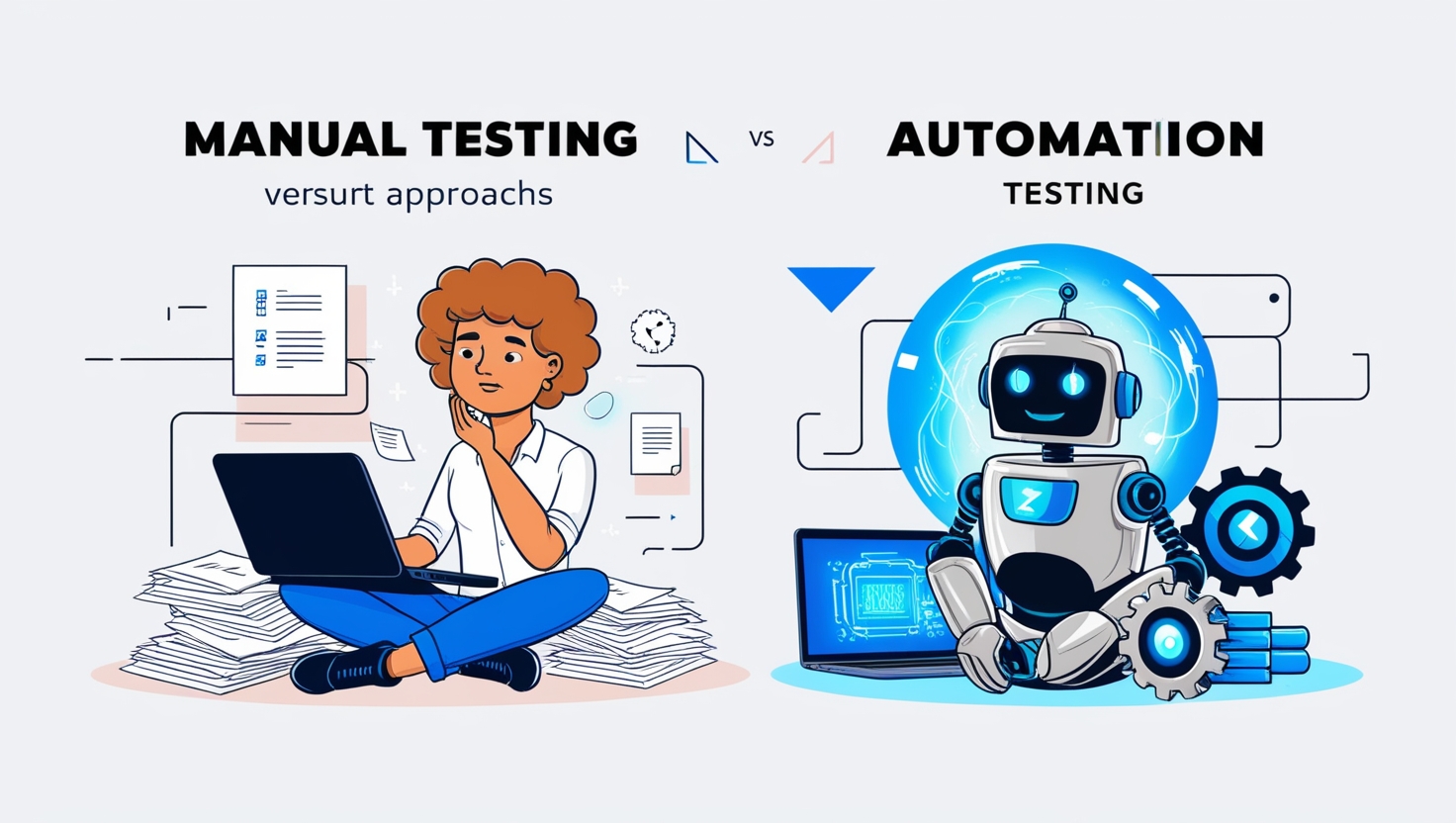Machine Learning Algorithms: Simplifying Data Analysis for Businesses

In today’s data-driven world, businesses generate an enormous amount of data every day. From customer transactions to social media interactions, this data holds valuable insights that can drive decision-making and improve operations. However, analyzing such vast amounts of data can be overwhelming. This is where machine learning algorithms come into play. They help businesses simplify data analysis, making it easier to extract meaningful information and make informed decisions.
What Are Machine Learning Algorithms?
Machine learning is a branch of artificial intelligence (AI) that enables computers to learn from data without being explicitly programmed. Machine learning algorithms are the tools used in this process. They analyze data, recognize patterns, and make predictions or decisions based on the information they process.
These algorithms can be classified into three main types:
1. Supervised Learning: In supervised learning, the algorithm is trained on labeled data. This means that the input data is paired with the correct output. The algorithm learns to predict the output for new, unseen data based on this training. For example, in a retail business, supervised learning can help predict future sales based on past data.
2. Unsupervised Learning: Unsupervised learning algorithms work with data that isn’t labeled. They identify patterns and relationships within the data without prior knowledge of the correct output. Clustering customers based on their behavior or preferences is a common use of unsupervised learning in businesses.
3. Reinforcement Learning: In reinforcement learning, the algorithm learns by interacting with its environment and receiving feedback. This type of learning is often used in scenarios where the algorithm needs to make a series of decisions, such as in automated trading systems or supply chain optimization.
How Machine Learning Simplifies Data Analysis
1. Automating Data Processing Machine learning algorithms can handle large volumes of data quickly and efficiently. They automate the process of data cleaning, sorting, and analysis, saving businesses time and resources. For example, in the financial industry, machine learning can automate the analysis of market data to identify investment opportunities.
2. Enhancing Accuracy Traditional data analysis methods can be prone to human error. Machine learning algorithms, on the other hand, can analyze data with high precision, reducing the chances of errors. This increased accuracy is especially valuable in fields like healthcare, where precise data analysis can lead to better patient outcomes.
3. Providing Predictive Insights One of the most powerful features of machine learning is its ability to predict future trends based on historical data. For instance, e-commerce platforms use machine learning algorithms to predict customer preferences and recommend products accordingly. This helps businesses stay ahead of market trends and meet customer demands effectively.
4. Personalizing Customer Experiences Machine learning algorithms can analyze customer data to provide personalized experiences. For example, streaming services use these algorithms to recommend shows and movies based on a user’s viewing history. This personalization not only improves customer satisfaction but also drives customer loyalty.
Implementing Machine Learning in Your Business
Integrating machine learning into your business might seem daunting, but it doesn’t have to be. Here are a few steps to get started:
1. Identify the Right Use Case: Start by identifying areas in your business where data analysis plays a crucial role. Whether it’s improving customer service, optimizing supply chains, or enhancing marketing strategies, choose a use case where machine learning can add value.
2. Choose the Appropriate Algorithm: Depending on your use case, select the appropriate machine learning algorithm. For example, if you want to classify customer reviews as positive or negative, a supervised learning algorithm like a decision tree might be suitable.
3. Gather and Prepare Data: Machine learning algorithms require a large amount of data to function effectively. Gather relevant data from your business operations, and ensure it’s cleaned and preprocessed for analysis.
4. Collaborate with Experts: If you’re new to machine learning, consider collaborating with data scientists or AI experts. They can help you choose the right algorithms, interpret results, and refine your models for better performance.
5. Start Small and Scale: Begin with a pilot project to test the waters. Once you see positive results, you can scale your machine learning initiatives across the business.
Conclusion
Machine learning algorithms are powerful tools that can simplify data analysis for businesses of all sizes. By automating data processing, enhancing accuracy, providing predictive insights, and personalizing customer experiences, these algorithms can help businesses unlock the full potential of their data. As machine learning continues to evolve, its applications in business will only grow, making it an essential technology for staying competitive in today’s market.
By understanding and leveraging machine learning algorithms, your business can gain a significant edge, turning data into actionable insights and driving success in a rapidly changing world.
Author Bio:
Bruce, Founder of Technotreats.com, is passionate about bridging the gap between technology and everyday users. With a passion for simplifying complex tech topics through engaging articles and step-by-step guides, Bruce helps readers stay ahead in the fast-paced world of tech.




